Size: Single plant (4 leaves) | Pot Included | Free shipping
Philodendron Panduriforme is an exciting and rare Philodendron species. It has beautiful leathery and arrow-shaped leaves. The lobes will become more visible when the leaf matures. Philodendron Panduriforme is an easy house plant to care for and is not yet commonly available.
Philodendron Panduriforme Plant Care
Soil
You need well-draining soil for a healthy Philodendron panduriforme. Well-draining soil is great at ensuring you don’t over-water or under-water your plant.
First, this type of soil has plenty of aeration. This means any excess water drains through to the bottom, instead of standing in the soil. You’ll still want a plant pot with drainage holes so the water doesn’t sit at the roots either.
Second, even though it has great aeration it’s still absorbent. It holds onto enough moisture to keep your plant hydrated for some time.
Both sphagnum peat-moss and perlite creates well-draining soil.
You don’t have to spend a fortune on an organic soil mix. You can make your own at home.
One of our favorite well-draining soil recipes include:
- decomposed bark
- perlite
- sphagnum peat-moss
The soil pH should be acidic. It should range from 5.1 to 6.0 pH.
Light
The Philodendron panduriforme plant can take low light. But low light isn’t going to create a lush and thriving plant. It’s only going to create a plant that’s surviving.
These Philodendron plants need bright but indirect sunlight to thrive. Direct sunlight scorches and burns the leaves.
To get indirect sunlight for your plant, place it in either an east or north-facing window. This way your Philodendron panduriforme is getting plenty of sunlight during the day. Without sun rays blaring right on your leaves.
Watering
A Philodendron panduriforme needs moist soil at all times during the warmer months.
You do have to be careful of over-watering the plant. Otherwise, it can stunt the growth. Or worse, it can develop root rot.
Root rot happens when oxygen can’t reach the roots. So, they start to rot away. Drenched soil doesn’t allow oxygen to get through the soil.
To test if your plant needs water, stick your finger into the soil about knuckle deep. If it’s dry throughout, water it. If it’s still moist, wait and check again in a day.
During winter, you won’t need to water it as often. You want the soil to dry all the way out before watering.
Temperature
The Philodendron panduriforme needs temperatures between 60F (16C) and 75F (24C).
Both colder and warmer temperatures can cause several complications for this plant. The biggest complication is stunted growth.
Humidity
The Philodendron panduriforme is one of those plants that doesn’t need humidity. It can survive in a dry environment.
But it’s not going to thrive as well without at least a little moisture in the air. So, you’ll have to create your own humidity.
One method is the pebble tray method. With this method, you only need some water, a tray, and some pebbles.
You fill the tray to the top with pebbles. Then fill the tray with water until it’s right under the pebbles. Place your Philodendron on the pebbles.
As the water evaporates, it creates moisture in the air. Since your plant is sitting on the pebbles, that moisture goes right for your plant.
Another method is to spritz the leaves of your plant now and then. Like with the pebble tray method, the water evaporates. This creates plenty of humidity in the air.
You can also use a humidifier. These wonderful machines create humidity and give you some control over the situation.
Fertilizer
According to the University of Connecticut, Philodendron plants are heavy feeders. The Philodendron panduriforme plant is no exception.
You need a fertilizer with a high amount of nitrogen. This ensures that the plant is lush and the leaves are large. Use an all-purpose fertilizer at half-strength.
Fertilize your Philodendron panduriforme plant weekly during the growing season or warmer months. During the colder months, only fertilize your plant about once a month.
Always add fertilizer while the soil is moist. Otherwise, you can cause root burn.
Propagation
The main propagation method for the Philodendron panduriforme plant is through stem cuttings. You can also propagate this plant using the air layering method.
We’ll make both of these methods simple. Keep reading to find out the steps.
Growth
The Philodendron panduriforme plant can grow up to six feet tall If given the space. The leaves can grow to be between 10 inches to 15 inches in length.
Potting
You need to re-pot your Philodendron panduriforme when the roots are compact. Or when the roots start to grow out of the drainage holes of the plant pot.
When you re-pot this plant, you want to get a plant pot that’s only a bit bigger than the original pot. Two to three inches bigger is a good rule of thumb. If there’s too much space, the roots can get stressed out. A stressed out plant is susceptible to all kinds of plant diseases.
You want to re-pot your Philodendron during the warmer months.
Only logged in customers who have purchased this product may leave a review.


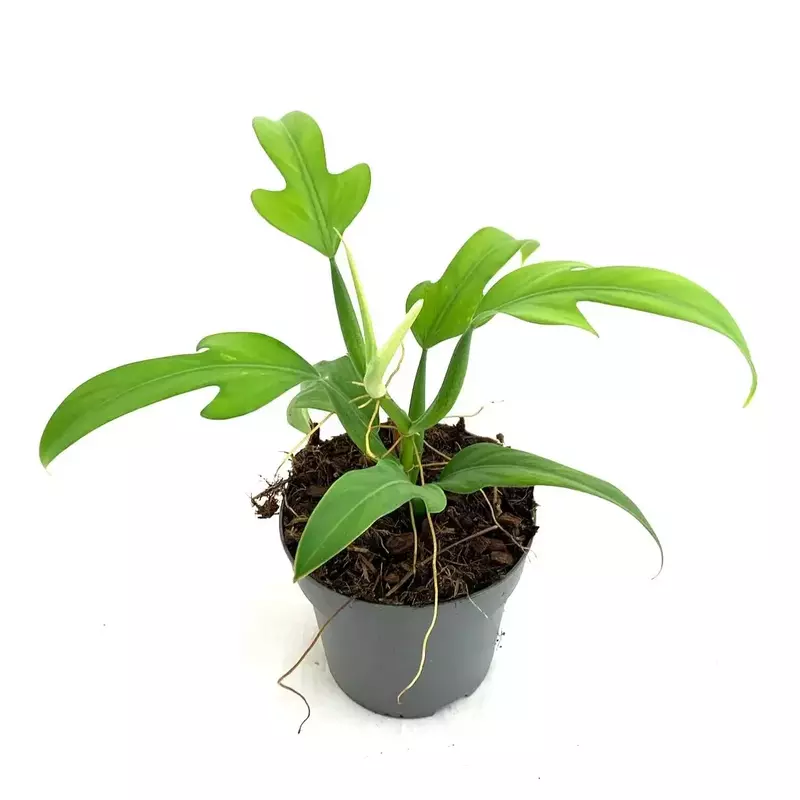
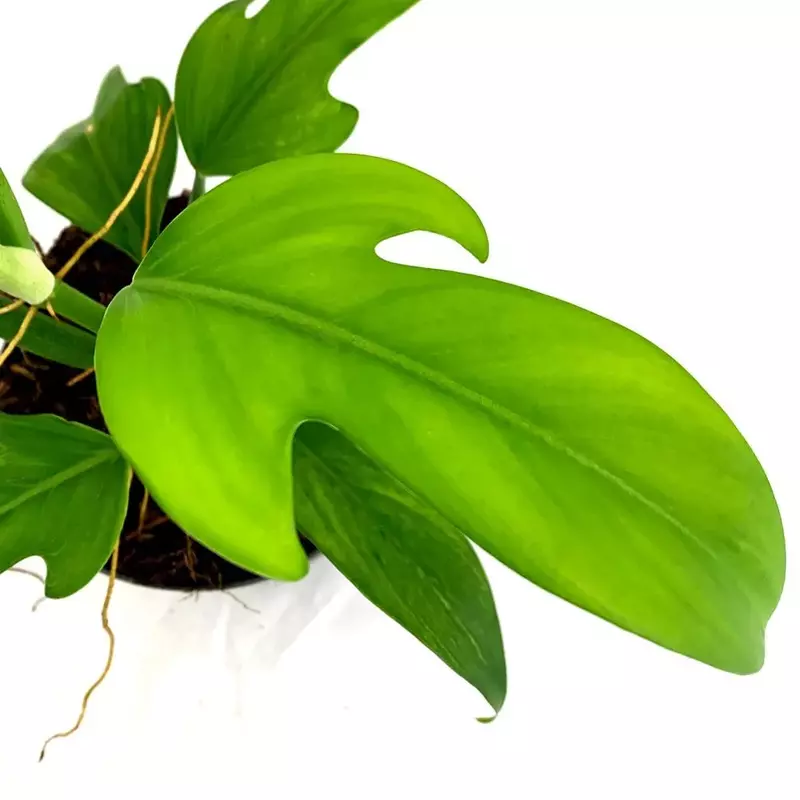
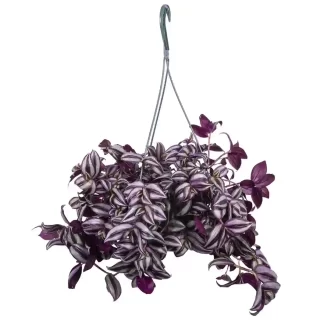
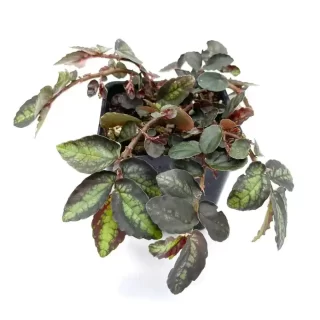
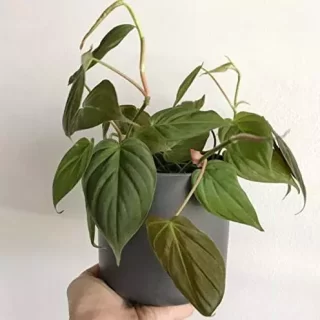
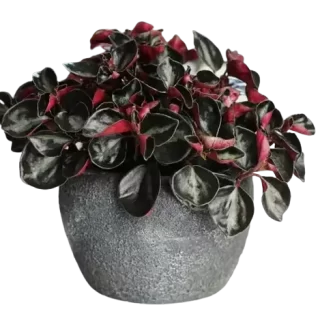

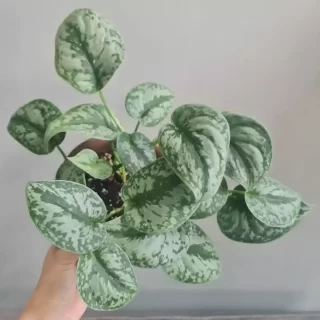
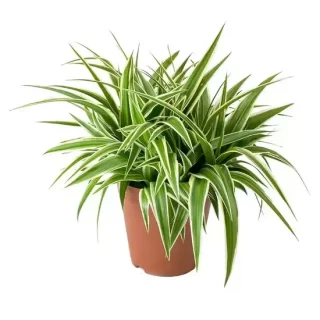
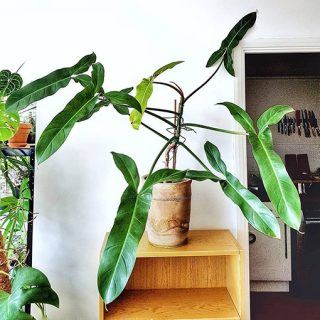
 If you need any assistance, I'm always here. Have you found what you were looking for?
If you need any assistance, I'm always here. Have you found what you were looking for?
Reviews
There are no reviews yet.